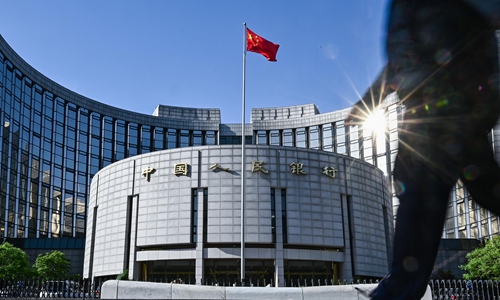China central bank continues to inject liquidity via reverse repos
Source:Global Times Published: 2020/6/11 13:38:42

China’s central bank on Monday cut benchmark lending rates by the steepest margin since August 2019 when the market-oriented loan prime rate regime was adopted. The nation is striving to repair the damage of the coronavirus outbreak,which caused GDP to contract in the first quarter. Photo:cnsphoto
China's central bank on Thursday continued to pump cash into the banking system via reverse repos to maintain liquidity.
The People's Bank of China injected 80 billion yuan (about 11.3 billion U.S. dollars) into the market through seven-day reverse repos at an interest rate of 2.2 percent, according to a statement on the website of the central bank.
The move is intended to offset the impacts of government bond issuance and keep liquidity in the banking system at a reasonably sufficient level, the central bank said.
As 70 billion yuan of reverse repos matured Thursday, the operation led to a net injection of 10 billion yuan into the market.
A reverse repo is a process in which the central bank purchases securities from commercial banks through bidding, with an agreement to sell them back in the future.
China will pursue a prudent monetary policy in a more flexible and appropriate way, according to this year's government work report.
The country will use a variety of tools including reserve requirement ratio cuts, interest rate reductions and re-lending to enable M2 money supply and aggregate financing to grow at notably higher rates than last year, said the report.
Posted in: ECONOMY